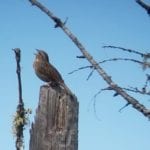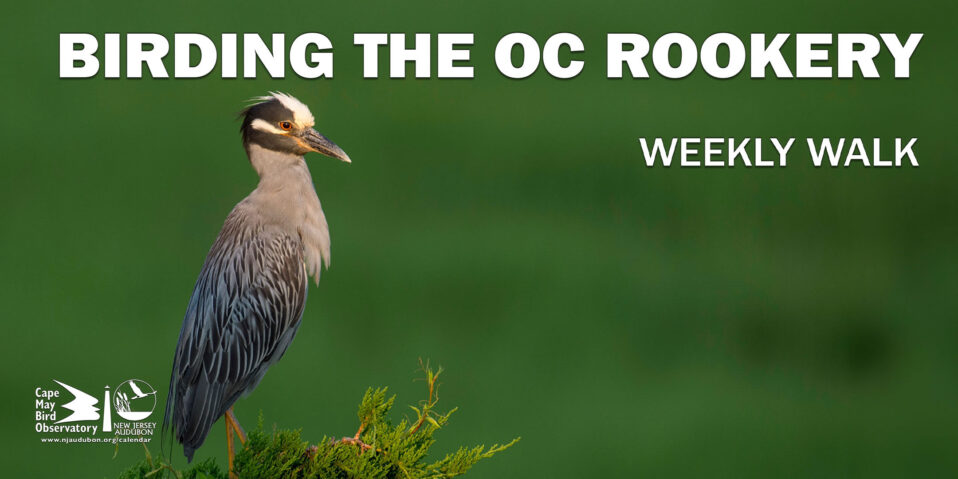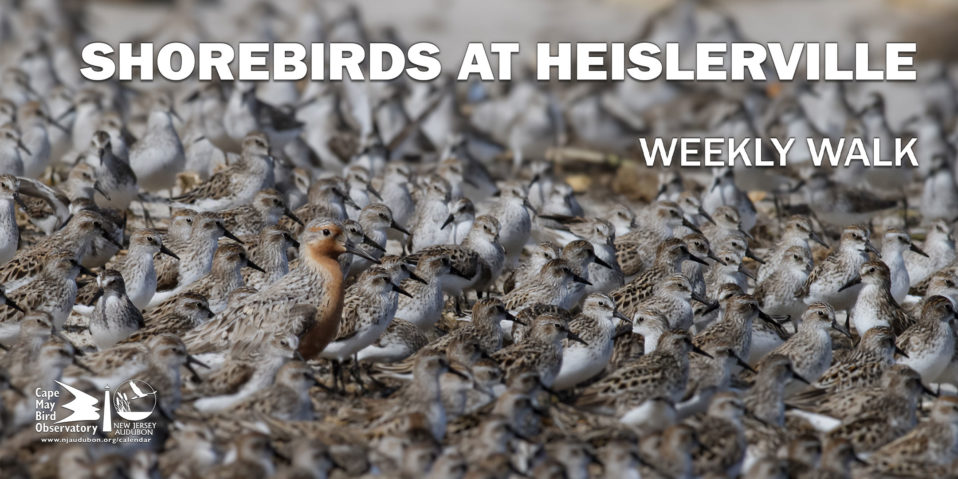By Scott Barnes, Senior Naturalist
Traveling north to the cold snowy shores of Lake Superior around Duluth, Minnesota may not be on everyone’s short list of winter getaways, but it should be—if you like owls, woodpeckers, winter finches, and charismatic furry critters. We were fortunate to have a great group of participants and unusually mild weather with temperatures generally in the upper 20’s to mid-30’s and light winds. Our tour visited the vast Sax-Zim Bog—over 300 square miles in size and encompassing varied habitats that include tamarack-spruce bogs, open meadows, aspen-maple stands, streams, lakes, and farms. One morning we cruised roads through Superior National Forest north of the lakeside town of Two Harbors, where we enjoyed beautiful snowy landscapes with hoarfrost blanketing evergreens and white windswept wooded lakes while searching for boreal birds and mammals.
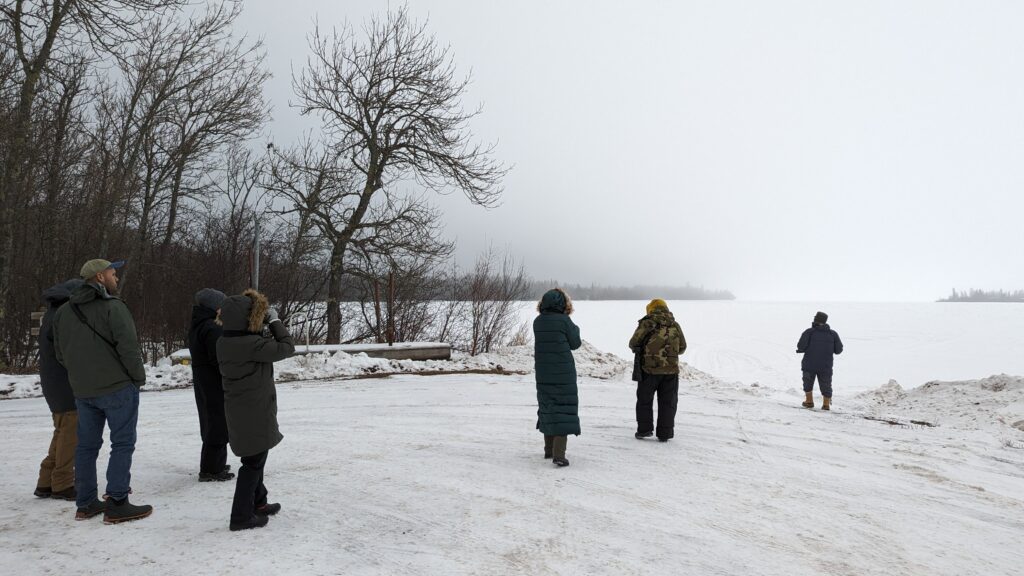
Our group enjoying Superior National Forest on a beautiful snowy morning. Photo by Scott Barnes.
Great Gray and Northern Hawk-Owls are sought-after species on this trip, and we were fortunate to see both species very well. The Great Gray was about our fourth bird of the trip as we arrived in Sax-Zim Bog on our first full day of birding. A cooperative Northern Hawk-Owl appeared totally disinterested in the birders watching it, the farmer who was working around the house below the bird’s favored perch in a high spruce, and the roaring freight train that rolled on by!
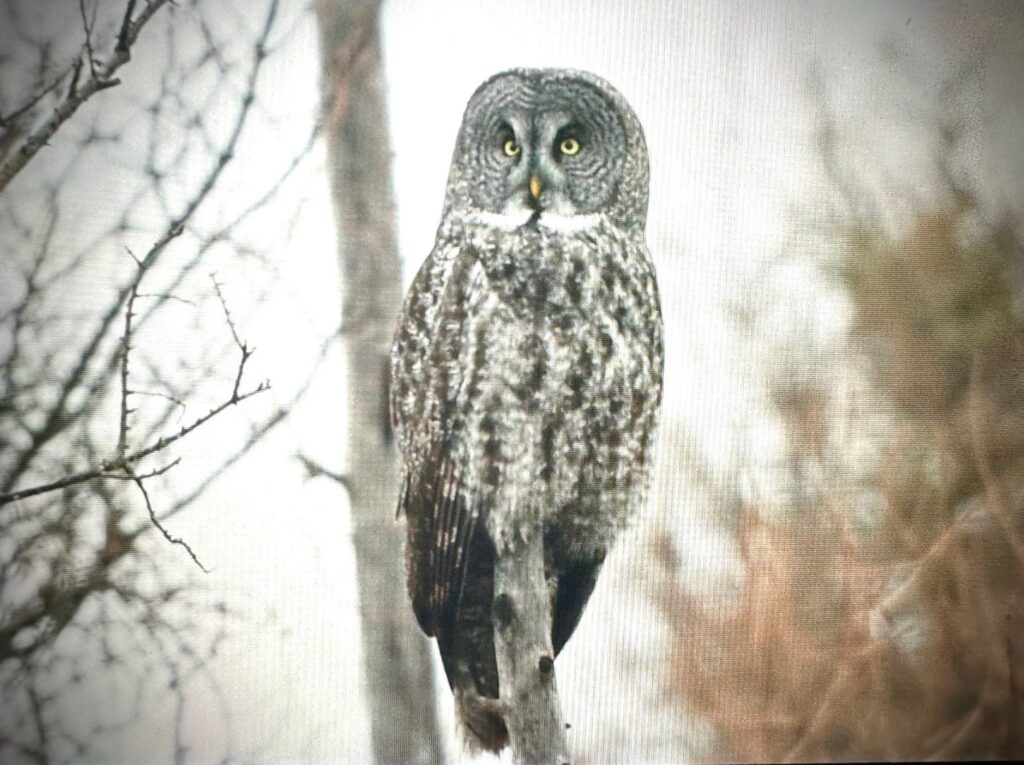
Great Gray Owl is arguably the signature species associated with Sax-Zim Bog. It is the tallest (longest) owl but is third in weight behind Snowy and Great Horned Owls. Photo by participant Cheryl Rizzo
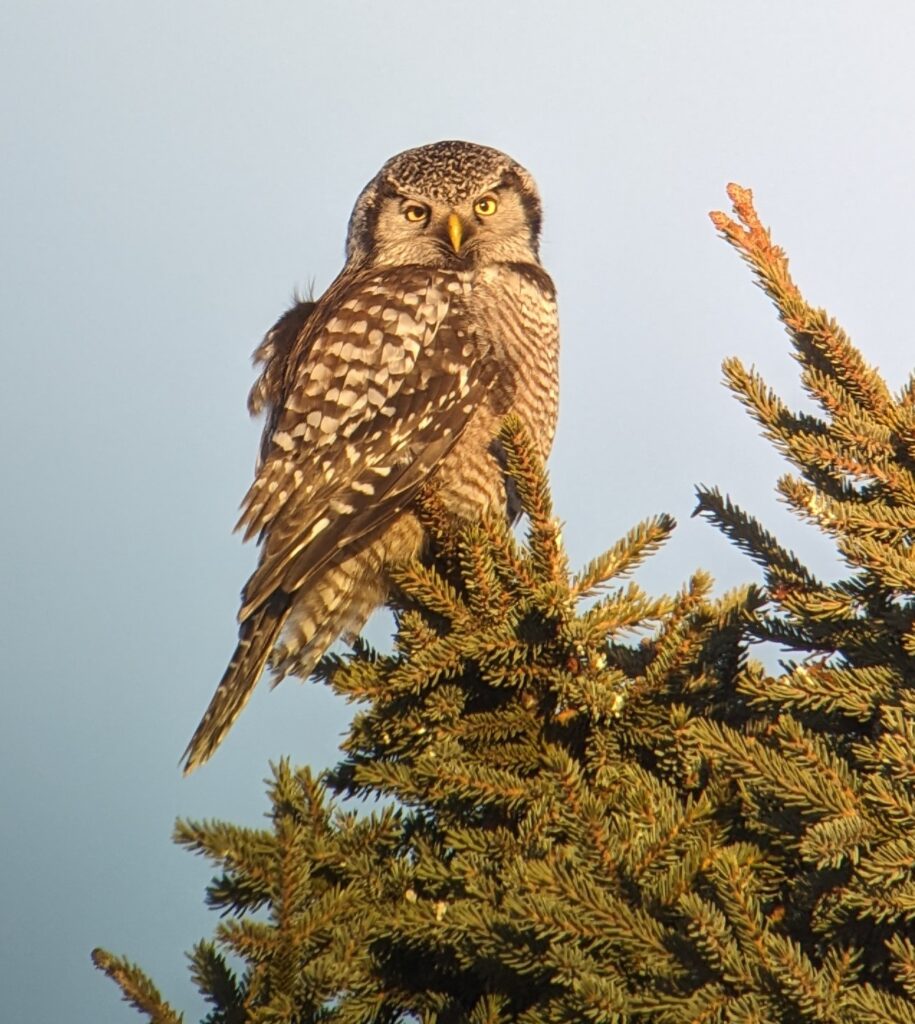
Northern Hawk-Owls have an unusually long tail for an owl and mostly feed on rodents. In some areas, up to 20% of their diet may consist of red squirrels! Photo by Scott Barnes.
Boreal birds are another draw on this tour, and we had scope views of a pair of Black-backed Woodpeckers, family groups of Canada Jays, 2 Boreal Chickadees, a massive flock of 500+ Bohemian Waxwings feeding on crabapple trees in residential Duluth, many flocks of Common Redpolls, a great view of a male Hoary Redpoll, and a surprise flock of 25 Pine Grosbeaks—scarce this winter locally. Other birds of note included 2 Northern Shrikes (honorary raptors with their sharp hooked bills and predatory habits), Black-billed Magpies around the horse and cattle farms within Sax-Zim, and a surprise wandering male Eurasian Tree Sparrow patronizing bird feeders in a yard on the outskirts of the bog.
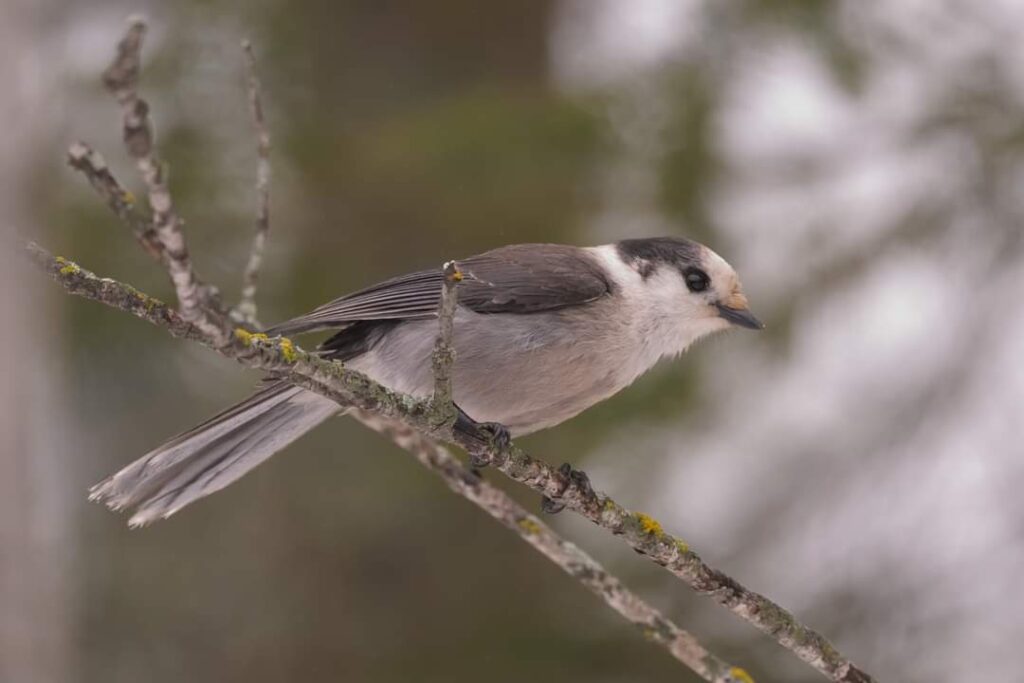
Canada Jay groups were present daily around feeding stations and black spruce bogs. They are sometimes known as “camp robbers” due to their habit of nicking scraps of food from campsites. Photo by participant Ernest Hahn.
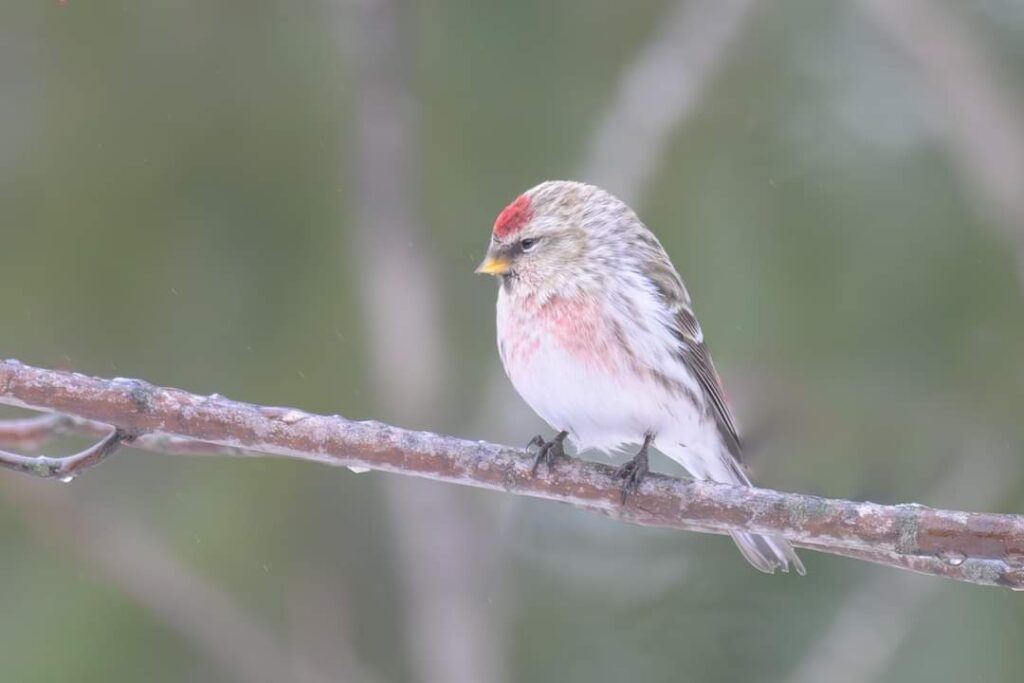
Hoary Redpoll is still a “countable” species for now, but a current proposal would lump it as a subspecies of Common Redpoll. Photo by participant Ernest Hahn.
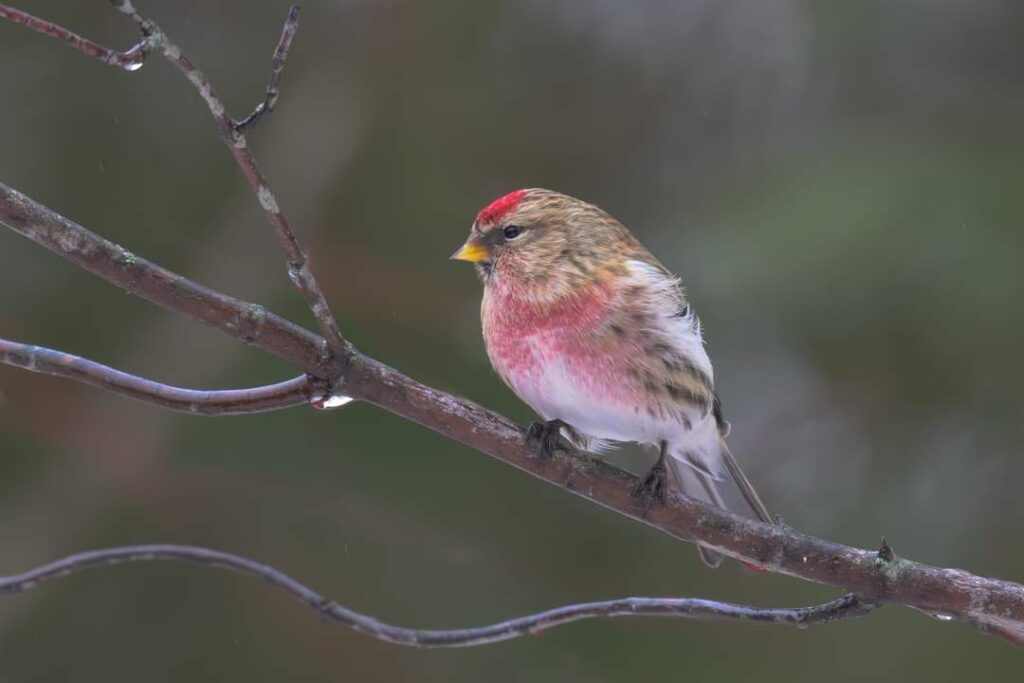
Common Redpoll flocks were seen daily on the tour. This rosy-red male was photographed by participant Ernest Hahn.
Two lucky people saw a Canada Lynx walk across the road before melting back into snowy Superior National Forest and another got a view of an Ermine. The whole group got a 10-minute study of a Pine Marten that was visiting the feeders in Sax-Zim Bog! Many participants said this was the highlight of the trip and rivaled the impressive owls we saw.
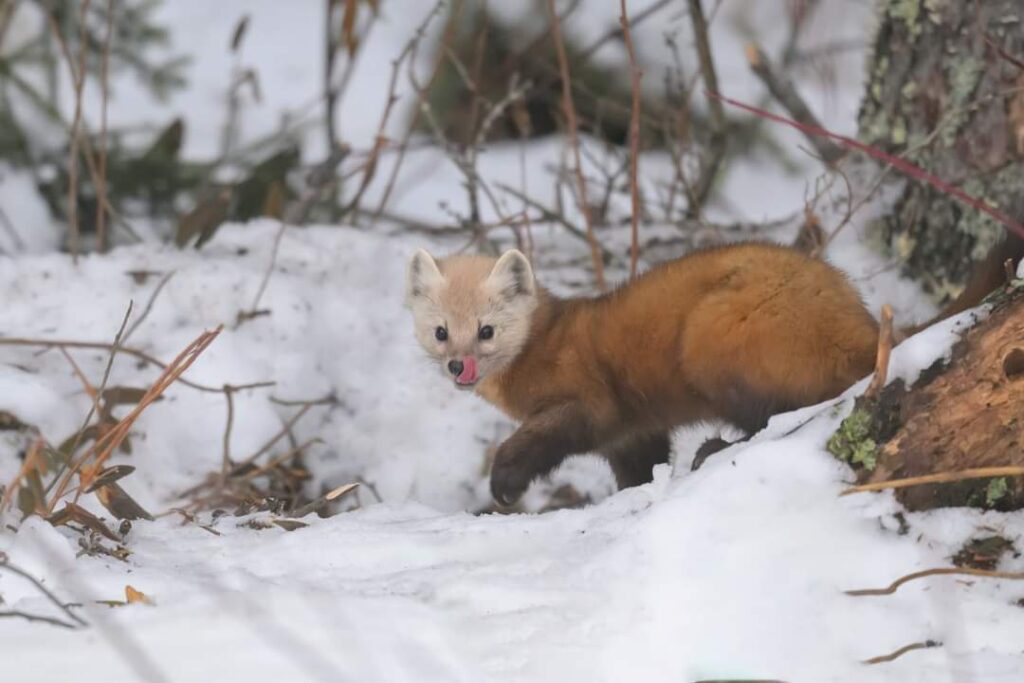
This confiding Pine Marten was voted coolest animal of the trip. Photo by participant Ernest Hahn.
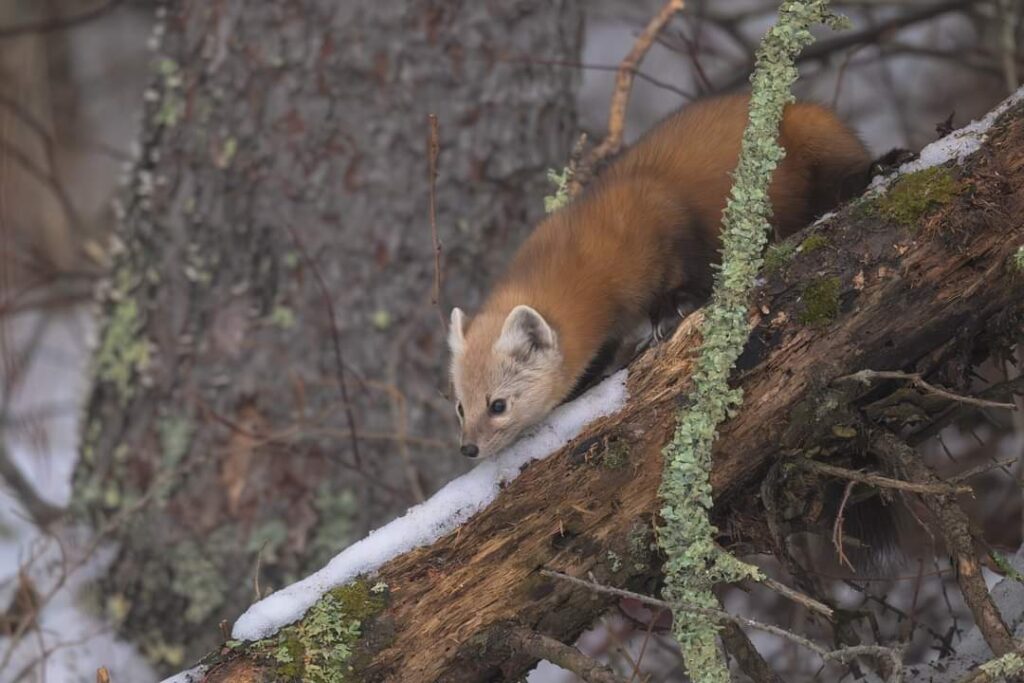
Pine Marten is officially known as “American Marten.” Despite their cute looks, they are cunning predators that eat mice, voles, and small birds. Photo by participant Ernest Hahn.
Upcoming NJ Audubon Eco-Travel tours this year include Louisiana Cajun Country in April, Brazil’s Pantanal in July, Monhegan Island, Maine in September, Delmarva Van Tour in November, and India in January 2025. Minnesota in Winter may back in early 2026!
Eco Travel | New Jersey Audubon (njaudubon.org)
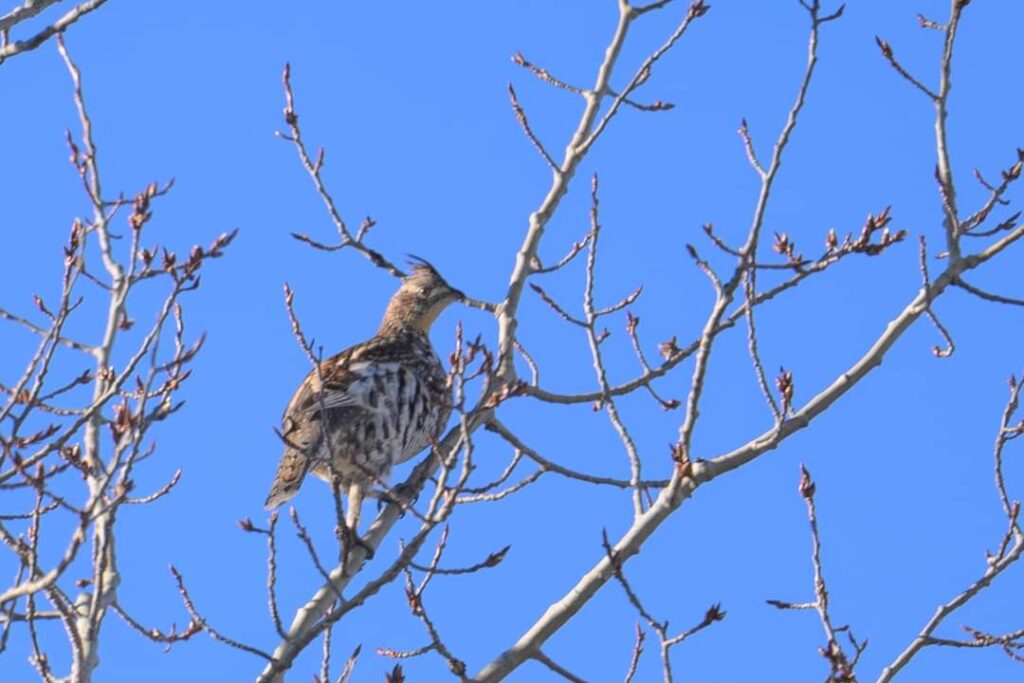
Ruffed Grouse often climb aspen and birch trees during winter to feed on tree buds. Photo by participant Ernest Hahn.




